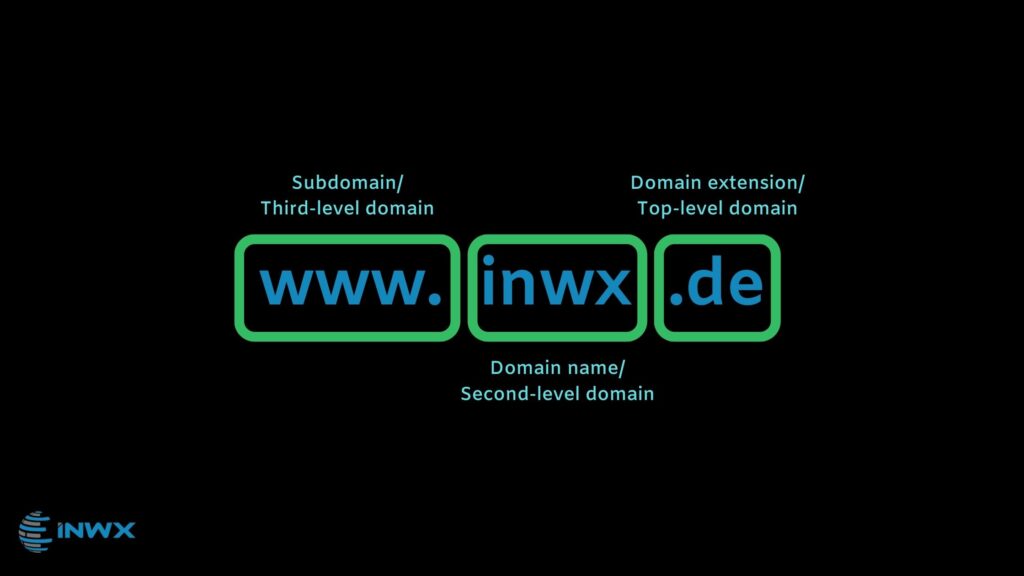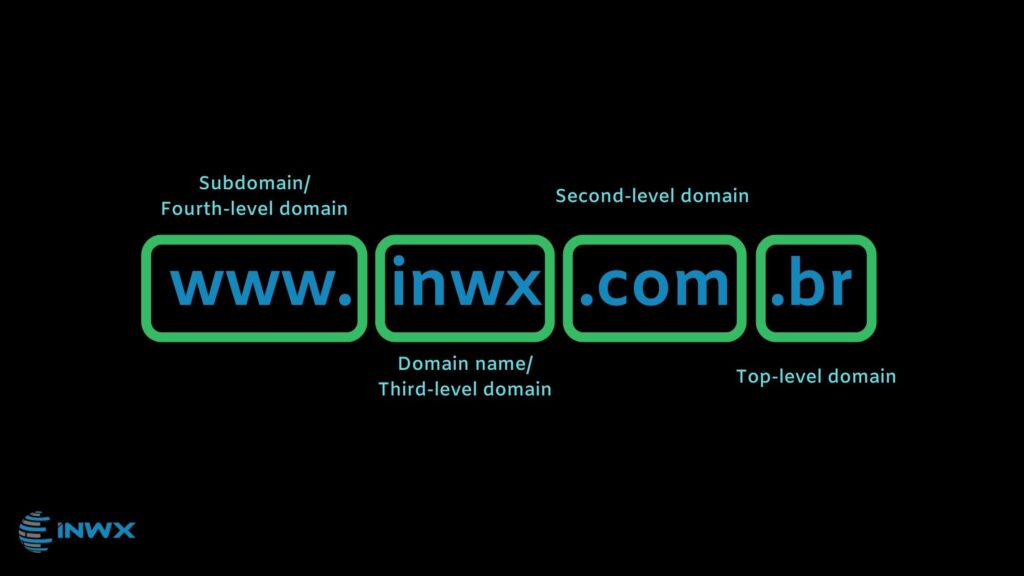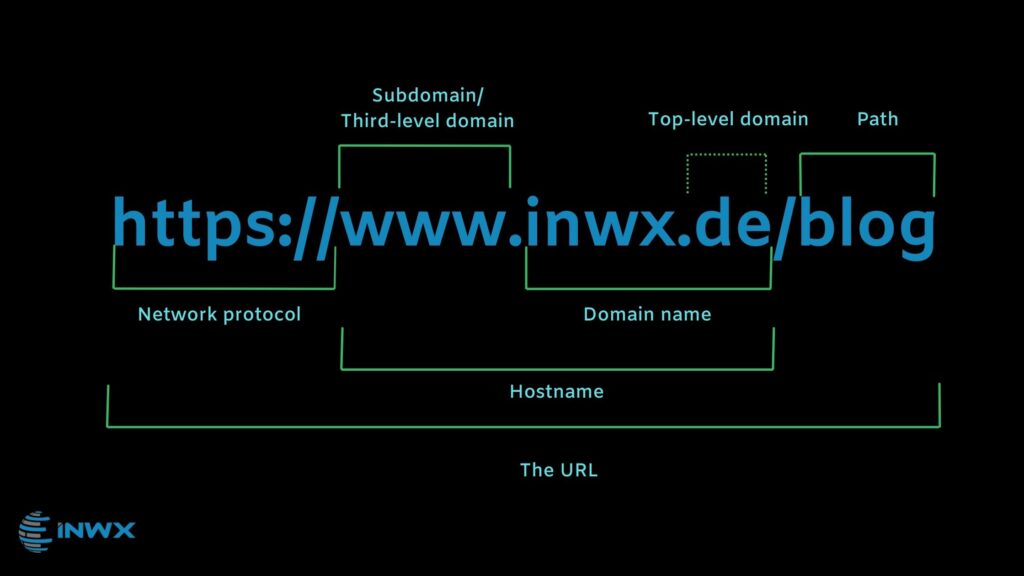In this blog article, I would like to explore one of the most fundamental questions of all: What exactly is a domain anyway?
A domain on the Internet can be defined as follows:
A domain is an address for a specific area on the Internet, such as a web page. It is a unique, human-readable name that is used to find the IP address of the web page and thus display the web page.
You may wonder why you need a separate name, when computers only use IP addresses to navigate the Internet.
This is simply because we humans are not good at remembering IP addresses. So with a domain, we can simply give an IP address a name that we can understand.
Finding websites thus becomes much easier for us. We simply type the domain in the search bar of our browser and the Domain Name System (DNS) does the translation for us.
Simplified, you can imagine the DNS like a phone book, in which the matching domain names can be looked up for IP addresses and vice versa. The input is sent to the DNS server (also called name server) and it searches the phone book for the matching IP address, resolves it and forwards it to your browser. And you can already see the desired page.
What is an example of a domain?
An example of a domain is www.inwx.de. This is a part of the entire web address/URL https://www.inwx.de/blog. The domain is always located after the “//” and before another “/” or other character in a web address.
The domain in an e-mail address, on the other hand, is found behind the “@” symbol. For example, the domain inwx.de is also in the e-mail address blog@inwx.de.
How is a domain structured?
Now that we have clarified what a domain basically looks like, let’s take a closer look at the exact structure of a domain.
A domain consists of two, three or more levels. Here, read from right to left, are the individual parts of the domain: the top-level domain (TLD), the second-level domain and the third-level domain.
In this picture, you can see the structure with the three levels in the overview:

Top-level domain
The first level of a domain is the top-level domain. It is also commonly referred to as domain extension. With the TLD, one distinguishes between three possible variants:
First, there are the so-called ccTLDs, which are country-specific domain extensions. The “cc” stands for “country code”. These TLDs refer specifically to a geographical region or a country. Examples are the .DE domain for Germany or the .IT domain for Italy.
Secondly, there are the generic TLDs – also called gTLDs. There are gTLDs for use with commercial intentions, such as .COM or .SHOP, as well as gTLDs for use with non-commercial intentions, such as .ORG or .PRO.
Third, there are the nTLDs – the new domain extensions. These include, for example, endings such as .BERLIN, .CLOUD, .ONLINE and many other, newer designations.
Second-level domain
The second level in the domain structure is the second-level domain. This is also called the domain name and represents the concrete name of the website.
The domain name is freely selectable for everyone, as long as the designation with the top-level domain has not yet been registered by anyone else. The registration of a second-level domain is always done together with the top-level domain. The combination of both is then unique worldwide.
Of course, you can combine your second-level domain as often as you like and with as many different top-level domains as you like (if the combination is still available).
Third-level domain
The third and final level of the domain is the third-level domain. It is also called a subdomain. Probably the best known third-level domain is “www“, which is the general subdomain for the web server on which websites are operated.
In addition, other subdomains such as blog, mail, maps or others are also possible. The domain would then look like this: blog.inwx.de or mail.google.de.
Exception: Domains with multiple extensions
As is so often the case, there are exceptions to domain construction that deviate from the explanation above.
Some countries, such as Brazil, add a specific second-level domain to the ccTLD. For example, organizations receive the addition .ORG.BR, blogs the addition .BLOG.BR or stores the addition .COM.BR.
This is how a domain with two extensions can look like then:

What is the difference between a domain and a URL?
People often use the terms domain and URL synonymously. But watch out! A domain and a URL are not the same thing.
A URL (Uniform Resource Locator) means the location where a resource, such as a blog article, can be found on the Internet. This is the complete web address including the network protocol (e.g. “https”) and, if available, the exact path/directory on the web page (e.g. “/blog”).
So, explained by our example, the URL is https://www.inwx.de/blog. The domain, on the other hand, is only the part that directly names the web page. In our case: www.inwx.de.
The domain is therefore always only a component of the URL.
Here you can see again the difference between the URL and the domain:

LONG-STORY-SHORT
I hope I could lay a foundation stone for you with this article so that you understand the world of domains better. Here is a summary of the most important information for you:
- The DNS, simplified the phone book of the Internet, looks for the matching IP address to your browser input to show you your desired website.
- Domain is not a synonym for URL, but the domain is only a component of the URL.
- Domains are composed of:
- The top-level domain (TLD), also called domain extension
- This is divided into ccTLDs (country code extensions) and the gTLDs (generic commercial or non-commercial extensions).
- The second-level domain, the domain name
- You can choose it freely as long as it has not been registered yet. However, you can only register it together with the TLD.
- You can combine and register as many TLDs with your domain name as you like.
- The third-level domain
- The best-known third-level domain is the classic “www”.
- But other third-level domains are also possible, such as blog.inwx.es or mail.google.de.
- The top-level domain (TLD), also called domain extension
You still have questions?
Something is still unclear or you have questions? Just email us to blog@inwx.de and we will be happy to assist you. Otherwise, take a look at our other blog articles or domains.

